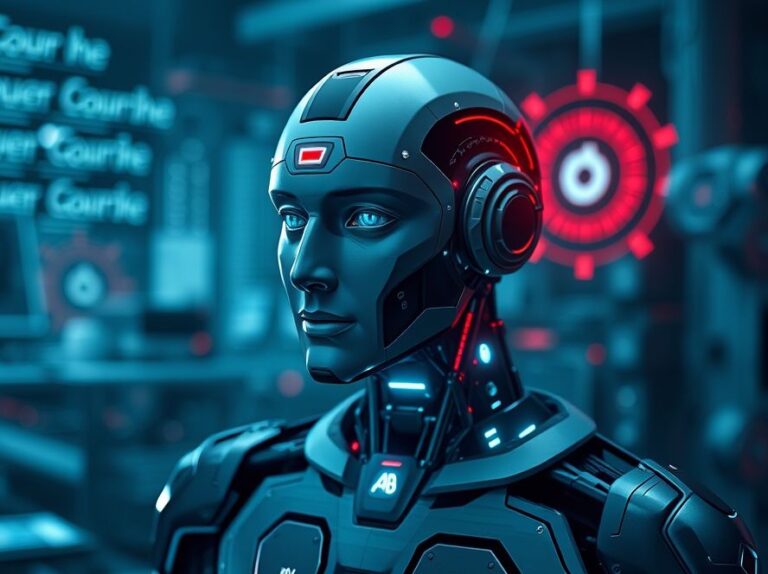What is Virtual Reality?
Virtual Reality (VR) is a simulated experience that can be similar to or completely different from the real world. It employs computer technology to create an immersive environment that users can interact with in a seemingly real way. Users typically wear VR headsets that cover their eyes and ears, blocking out their surroundings and allowing them to engage with a digital universe.
The Importance of Virtual Reality in Today’s Digital Landscape
In recent years, Virtual Reality has emerged as a pivotal technology across various fields. From gaming and entertainment to education and healthcare, VR has transformed how we interact with digital content. Its importance is underscored by the growing demand for VR applications and experiences that enhance user engagement and learning outcomes.
Key Components of Virtual Reality
- Hardware: This includes VR headsets such as Oculus Rift, HTC Vive, and PlayStation VR, which provide the necessary visual and auditory immersion.
- Software: VR applications and games are developed using various programming languages and frameworks, including Unity and Unreal Engine, to create interactive experiences.
- Interaction Devices: Controllers and motion sensors allow users to interact with the virtual environment, enhancing the immersive experience.
Understanding VR Hardware
The hardware used in VR systems is critical for delivering a high-quality immersive experience. VR headsets generally consist of two screens (one for each eye) that create a stereoscopic effect, and they often include built-in headphones for spatial audio. Additionally, tracking systems, such as external sensors or built-in gyroscopes, help to detect user movements and adjust the virtual environment accordingly.
Software Development for Virtual Reality
Developers use various programming languages to create VR experiences. Popular choices include C# for Unity and C++ for Unreal Engine. Understanding the principles of 3D modeling, animation, and user interface design is essential for creating effective VR applications.
Applications of Virtual Reality in Different Industries
Virtual Reality is not just a tool for gaming; it has far-reaching applications across various sectors. Here are some notable examples:
1. Education and Training
- VR can simulate real-world scenarios for training purposes, such as flight simulators for pilots or surgical simulations for medical professionals.
- Students can explore historical sites or complex scientific concepts in an immersive environment, enhancing their learning experience.
2. Healthcare
- VR is used in therapy to treat phobias and PTSD, allowing patients to confront their fears in a controlled environment.
- Medical professionals use VR for surgical planning and education, providing a safe platform for practice and skill development.
3. Real Estate and Architecture
- Virtual tours of properties enable potential buyers to explore homes without physically visiting them, saving time and resources.
- Architects can use VR to visualize designs before construction, allowing for better client communication and feedback.
4. Entertainment and Gaming
- VR games provide immersive experiences that allow players to become part of the action, enhancing engagement and enjoyment.
- VR is also used in films and storytelling, allowing viewers to experience narratives in a more interactive way.
How to Use Virtual Reality in Your Daily Life
Incorporating VR into your daily routine can enhance entertainment, learning, and even productivity. Here are some practical ways to utilize VR technology:
- Gaming: Explore popular VR games that suit your interests. Platforms like Steam offer a variety of VR titles.
- Education: Use educational VR apps to learn new skills or subjects, such as language learning or science concepts.
- Virtual Meetings: Leverage VR platforms for remote work, allowing for more interactive and engaging meetings.
Related Concepts in Virtual Reality
Understanding Virtual Reality also involves familiarity with several related concepts:
- Augmented Reality (AR): Unlike VR, which immerses users in a completely virtual environment, AR overlays digital information onto the real world.
- Mixed Reality (MR): This combines elements of both VR and AR, allowing virtual objects to interact with the real world.
- 360-Degree Video: This technology captures a full panoramic view and allows users to explore the scene using VR headsets.
Conclusion: The Future of Virtual Reality
As technology continues to evolve, the applications of Virtual Reality are expected to expand exponentially. For programmers and server administrators, understanding VR can open up new opportunities in development and deployment. By embracing this technology, you can enhance user experiences, improve training methodologies, and contribute to innovative solutions across various industries.
Consider how you might implement VR in your own projects or workflows. Whether you are a developer looking to create immersive experiences or an administrator seeking to optimize server performance for VR applications, the potential is vast. Reflect on the ways VR can transform your approach to technology today.









